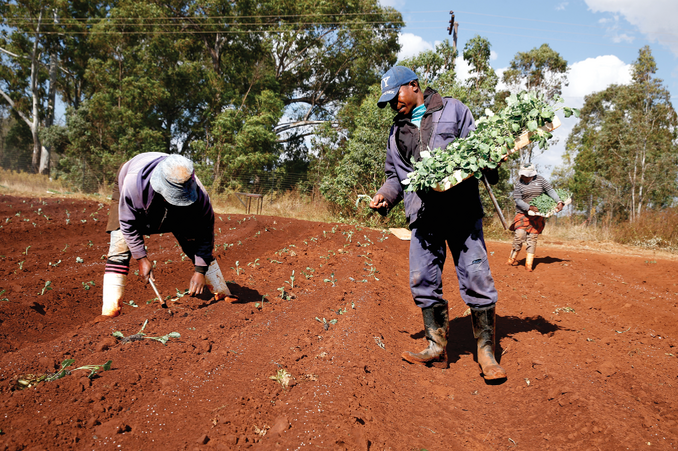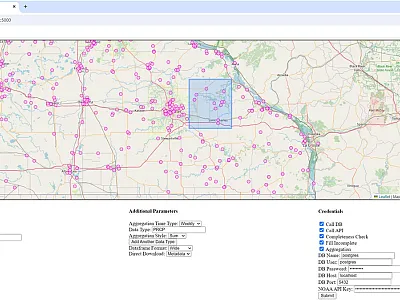Inequalities in South Africa’s Agricultural Sector Amid COVID-19

South Africa’s dualistic agricultural sector consists of many smallholders that operate adjacent to dominant commercial producers. While the smallholder sector contributes to food security, households depend primarily on market food consumption. Poverty reduction is constrained when smallholders have limited access to markets, technology, or cheap capital.
To monitor land use changes during the COVID‐19 lockdown, researchers collated and analyzed remotely sensed data from the South African National Land Cover map and moderate‐resolution imaging spectroradiometer. The analysis showed that production growth sustained aggregate food security, but hunger rose in the poorest households. This inequality in food security is also reflected in growing inequalities in production. Commercially cultivated land areas grew significantly with more modest gains in smallholder areas. Commercial farmers were better positioned to expand capital in a low‐interest‐rate environment during the COVID‐19 crisis. Without using technology and capital to adapt, smallholders can fall further behind during future crises and growth episodes.
The study underscores the need for targeted policies to support smallholder farms, ensuring their viability and contribution to food security and poverty reduction amidst challenges. It also highlights the ability of machine‐learning‐generated data to help uncover food security issues that have remained hindered due to data availability.
Adapted from
Manfouo, N. C. F. (2024). Monitoring commercial and smallholder production inequalities during South Africa’s lockdown using remotely sensed data. Agrosystems, Geosciences & Environment, 7, e20460. https://doi.org/10.1002/agg2.20460
Text © . The authors. CC BY-NC-ND 4.0. Except where otherwise noted, images are subject to copyright. Any reuse without express permission from the copyright owner is prohibited.







